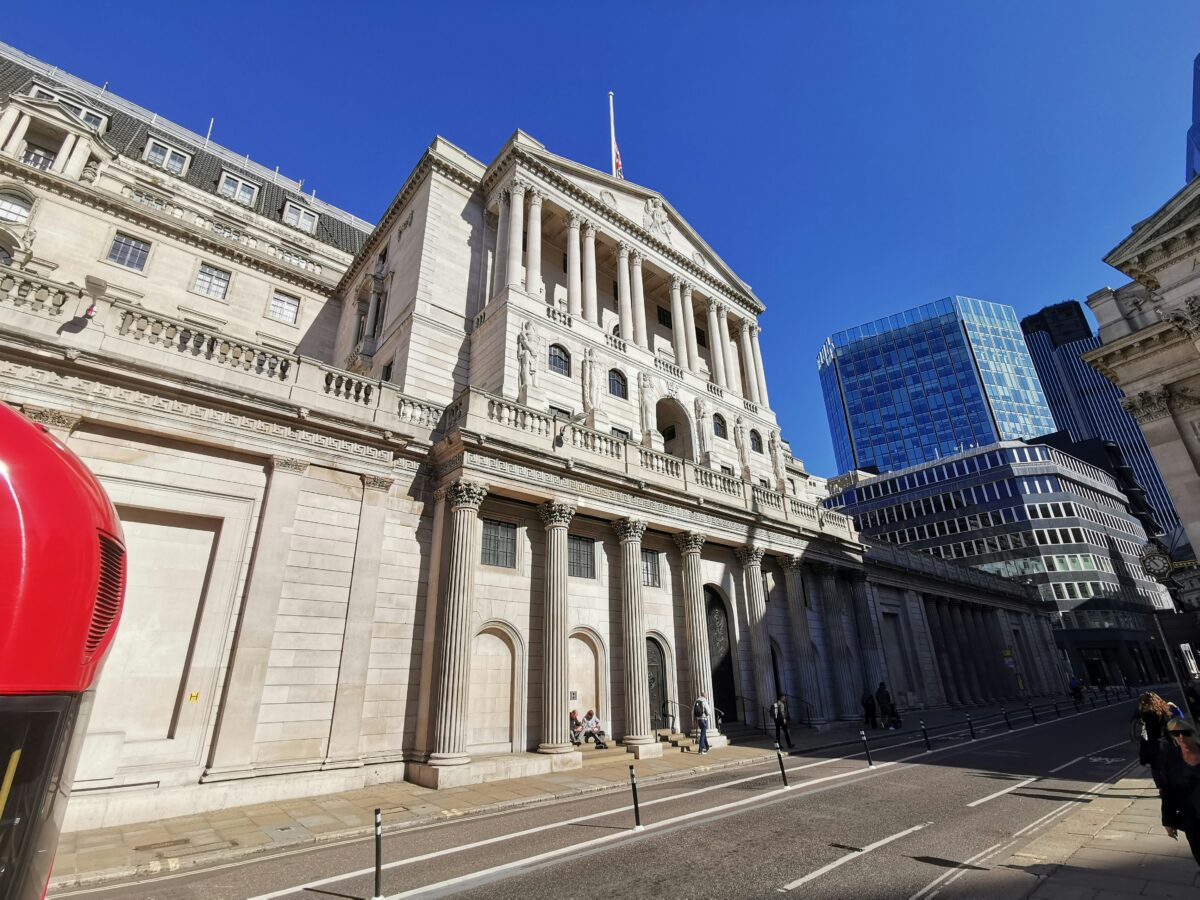Companies are under pressure to actively decarbonise to meet efforts towards net zero. But not all carbon emissions are easy to prevent. This, as Celine Grace Legaspi, Vice President in Redington’s manager research team, highlights in the following analysis, is where carbon credits play a crucial role.
But what exactly are they and why are asset managers taking an interest in them? Read on, as Celine takes us on a deep dive into this fascinating world of carbon credits!
The carbon credits sector has exploded in recent years as a result, with both heavy polluting industries and climate-conscious companies looking to compensate for the unavoidable emissions they create.
However, the market remains challenging to navigate thanks to an extraordinary amount of jargon. Below, we break down the key concepts and how investors can assess the integrity of these schemes.
What are carbon credits?
The term ‘carbon credit’ refers to any tradable certificate or permit giving the holder the right to emit a set quantity of greenhouse gas emissions.
Companies or individuals can buy carbon credits to compensate for hard-to-avoid emissions. For example, heavy industries such as steel or cement and transport sectors such as airlines may purchase carbon credits to complement their decarbonisation plans. They do this voluntarily to support their carbon reduction strategy and/or because they are required to by government regulation.
Credits can be generated by nature-based or technological solutions/projects that avoid future carbon emissions, reduce carbon emissions relative to a baseline, and/or remove carbon from the atmosphere. For example, credits can be generated by a project developer establishing a new permanent forest (afforestation) to increase carbon ‘sequestration’ – where carbon dioxide is captured and stored, preventing its addition to the atmosphere. Each metric tonne of carbon dioxide avoided, reduced, or stored is represented on the market as one carbon credit.
Carbon projects and their associated carbon credits may be accessed and traded through two market types. Firstly, those in regulated or ‘compliance’ markets such as the European Emissions Trading Scheme (EU ETS), make polluters pay for their greenhouse gas emissions and generate revenues to finance the green transition.
Secondly there are those in voluntary markets, where companies voluntarily purchase credits to ‘offset’ emissions. The existence of compliance and voluntary markets will vary from country to country. Businesses may be active in both, with the key focus on engaging with validated, high-integrity credits, as these are typically less risky from a reputational perspective and have additional benefits beyond carbon reduction (e.g. biodiversity enhancements, social inclusion, rural job creation).
Differentiating compliance and voluntary markets
In compliance markets, the regulator sets a limit or ‘cap’ on the total emissions that can be emitted by high-polluting sectors such as energy (oil & gas) and this cap decreases on an annual basis to ensure emissions decrease in line with a jurisdiction’s climate target. The cap is expressed as emissions allowances for companies or ‘credits’.
Credits can be traded on regulated carbon credits markets, enabling entities with excess credits to sell them to those that require them. Minimum prices are set by the regulator, often incorporating consistent real price increases. This is typically regulated by government agencies.
On the contrary, voluntary market credits are for companies voluntarily choosing to purchase credits to compensate for their emissions in service of commitments to reduce their emissions.
Two-way transactions where, for example, a company purchases credits for an afforestation project listed on a registry, create a range of pricing. This area of the carbon credit market is historically unregulated. However, increased scrutiny is driving standardisation efforts.
How does the UK carbon credit market fare?
Compared to other countries, the UK has a mature and well-established market for agricultural and non-agricultural land, large rural estates, and forestry.
Following Brexit, the UK established the UK Emissions Trading Scheme (UK ETS) in 2021 to replace participation in the EU ETS. This constitutes a compliance carbon market for high-emitting sectors, including energy, power and aviation.
As of 2022, the UK ETS market was estimated to be worth over €22.8 billion – the third largest carbon market behind the EU and North America (Regional Greenhouse Gas Initiative and Western Climate Initiative).
In addition, the UK has developed independent and formalised carbon codes for voluntary carbon credits produced by woodlands (Woodland Carbon Code) and peatlands (Peatland Carbon Code) to ensure quality and integrity. A similar code for the UK’s saltmarshes is currently being developed.
Whilst these quality assurance standards are technically voluntary, they are governed by entities which are ultimately directed or funded by the state and, thus, represent markets with national governmental backing and oversight.
Assessing carbon credit quality
Carbon credits are not all of equal quality or ‘integrity’. Higher-integrity credits with multiple environmental and/or social benefits typically command a higher price on the voluntary market – with a particular premium observed for nature-based carbon credits (e.g. afforestation, reforestation, and improved forest management) and credits which remove carbon from the atmosphere as opposed to avoid potential emissions through operational change.
There are third parties such as American Carbon Registry, Gold Standard and Verra responsible for verifying and validating carbon projects and issuing carbon credits. Projects are monitored annually.
There are many characteristics that can determine the integrity of a carbon credit. Generally high-integrity credits at the very least need:
- Effective governance
- A registry to track mitigation activities
- Transparent information
- Robust independent third-party validation and verification
- Proof of effectiveness
- Permanence
- Quantification of the reduction
- No double counting of sequestration
- Sustainable development benefits and safeguards
- Contribution toward net zero transition
Carbon markets – a worthwhile investment opportunity?
Asset managers typically gain exposure to carbon markets by either investing in the development of carbon projects or investing in carbon derivatives. The former essentially allows managers to create supply for the carbon market as carbon projects generate credits which are registered and sold on the primary carbon market.
Investing this way allows for participation in the growth of the carbon market, whilst protecting downside risk through being backed by real assets (e.g. freehold/long-leasehold land, timber). It enables potential access for investors to multiple revenues beyond carbon credit sales such as land price appreciation, discount rate compression, grants, timber growth, harvest, and sale, and/or ecotourism, among others. It also offers the potential to drive real-world impact through long-term carbon sequestration, biodiversity protection, water quality management, community engagement and rural job creation.
There are some drawbacks, however. Investing in the market may leave investors exposed to design, construction and development risks. Assets are also illiquid (i.e. not easy to sell for cash quickly) and offer inconsistent yields (income). Physical, regulatory, and reputational risks are also material for these assets. We expect managers to mitigate these risks through thorough due diligence, diversification across regions, project type, and registry, and best-in-class stewardship (e.g. community engagement, continuous operational improvement, sustainability accreditation).
Alternatively, some managers have developed strategies wherein they focus on the trading of environmental commodities or carbon derivatives. This includes trading futures, options, and swaps on secondary exchanges.
The benefit of derivatives are they provide liquidity, price transparency to investors, and a potential for upsized returns through anticipated price increase. However, they also come with high relative risk and highly volatile with limited risk mitigation mechanisms. Carbon trading also lower impact opportunities as they are not directly contributing to emission reductions and investors’ sphere of influence is diminished.
So what?
If all of this has left you wondering if carbon and nature should be playing a greater role in your portfolio, then there are two things to keep in mind.
The first is that staying curious and educated is key. Second, the manager solutions you’re looking at should be of the highest integrity – and fully aligned with your objectives through a risk-return-impact lens.







